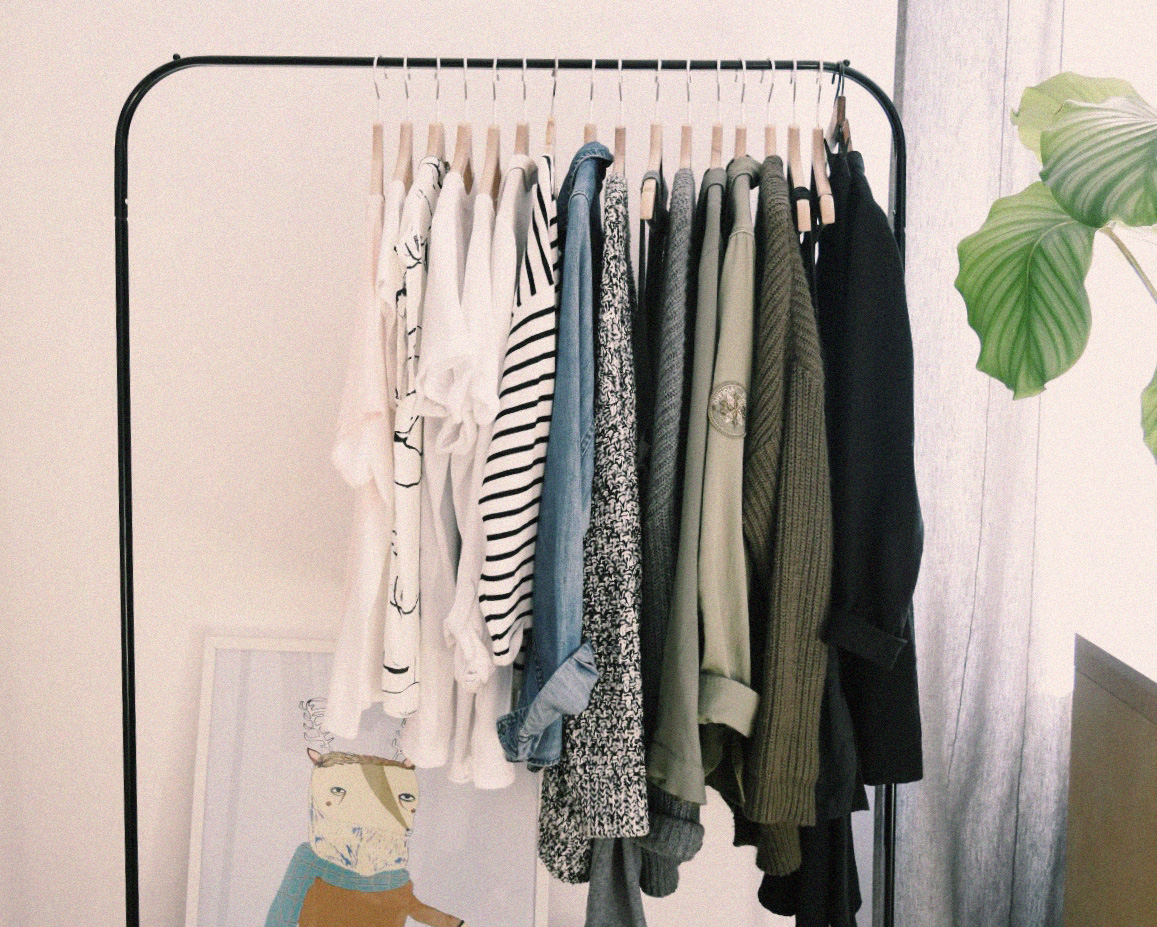
Why and how to buy and sell USED clothes
Today most of the fast fashion clothes are made to fall part, made to end up in a landfill. Clothes are too cheap, so people stopped repairing, taking care or having any emotional bond to their clothes. You can read all about how to take care of your clothes in this Fashion revolution blog post.
It takes 350l to produce 1 polyester T-shirt, 2500l to make cotton T-shirt, 7600l to make jeans. The use of chemicals used to turn raw materials into textiles and during the dyeing process end up in water streams causing further pollution.
Let´s stop supporting fashion industry to make more and more clothes, use more and more toxic chemicals, water, land. Let´s stop paying for this….
HOW TO BUY AND SELL USED CLOTHES ONLINE
So let me tell you a bit about the amazing world of 2nd hand clothing. I needed a few pieces of clothing for a while now. I was checking different 2nd hand platforms and waited. So instead of running to the first fast fashion shop and grabbing cheap leggings that were made in India, with fabric made in Bangladesh, beeing shipped maybe to China to be sewn together before they finally went in my local shop for 5€. Instead of supporting this kind of industry, I became more patient and waited, explored and found:
- Sports leggings for 8€
- Speedo swimsuit that I absolutely love for 10€
- Insulated Patagonia jacket that sells in the shops for 300€, I got for 40€!
- I sold goggles I won a Xmas party and paid for all the above items. That´s a good deal!
I bought my products through Shpock.com.What I find great about it, that you can place an offer to a seller and negotiate. It shows you offers in your area so you can meet with sellers, try things, meet new people and buy their used products. If you want to check and buy some of my products you can see my Shpock profile right here.
Where else can you find 2nd hand clothes online:
- ebay
- Wilhaben
- maedchenflohmarkt
- Depop
- Swap
- Vestiairecollective
- Poshmark
- Vinted
- many of the 2nd hand facebook pages
- each country has some amazing pages like that, so just google “buy and sell used clothes”
Look for good quality clothing and brands and they will last many years.
DONATE
If your clothes are still in good condition and you can´t sell it and your friends think you have a really bad style then please donate your clothes. Best is if you know a family that would be happy to get your clothes or a local organization. If not there I hope there is a charity center or container somewhere close to your. I recommend you ask your charity shop about their process. Who do they give their clothes too? Do they sell them all locally or they ship them overseas? Do they recycle the clothes that they can´t or don´t want to sell? Because you might be trying to do something good, but on the end your clothes might end up in a landfill anyways.
Of the clothing donated to charity in the UK, only 10-30% is actually re-sold; the rest is exported overseas. In Uganda, some 81% of all clothes sold today are cast-offs from the west. It has been widely reported that this influx of second-hand clothing to developing countries is destroying local textile and tailoring economies (BBC News, 2015).
RECYCLE THE REST
If you have some clothes that can´t be fixed, have holes, are in poor condition. Please recycle them. Almost 100% of the clothes are recyclable. It´s not an environmentally friendly process, but definitely better than throwing your old clothes to a landfill.
Did you know that there are 13,1 million tons! of clothes being trashed each year. Only 20% are being recycled.

Waste is going to be one of the next biggest problems for the fashion and textiles industry. Last year the worldwide consumption of textiles reached about 73 million tonnes and is expected to grow at nearly 4% annually through 2025, yet only 20% of textiles are recycled each year around the world (Soex presentation at Textile Exchange conference 2014).
Textile waste is generally categorized into two different types: Pre-consumer; the leftover materials from the production of clothing; and Post-consumer; what is discarded by consumers after use.
Damaged clothing and discarded rolls of branded and/or recognizable fabrics are regularly slashed, landfilled and incinerated to protect intellectual property and brand image. This reality is hidden. Investigative reporters have tried and failed to find out what really happens with pre-consumer waste. In the UK, roughly two million tons of clothing and textiles are thrown away every year and only 16% of that waste is ever reused. That’s roughly £140 million worth of waste. Meanwhile, 80% of textile waste going to landfills can actually be reused (WRAP, 2015).
Meanwhile, every ton of discarded textiles reused saves 20 tonnes of CO2 from entering the atmosphere and every 1,000 tonnes of used textiles collected is said to create about 7 full time jobs and 15 indirect jobs. Textile landfill bans may come into play in Europe in the near future (Oakdene Collins 2013). In France, companies are now responsible by law for managing the recycling of their products at the end of their usage. Plus, we’re already seeing many big brands like H&M and Marks & Spencer putting clothing collection points in-store. We need to better understand the implications of producing and consuming so much, and what effect this waste has on the environment, communities and the economy. (Source: Fashion Revolution)
Have fun thrifting!
Thank you,
Mateja



Leave a Reply